Rising Demand for Fuel Efficiency
The Automotive Hydrostatic Fan Drive System Market is experiencing a notable increase in demand for fuel-efficient solutions. As consumers and manufacturers alike prioritize fuel economy, hydrostatic fan drives offer a compelling advantage. These systems optimize engine cooling, thereby reducing fuel consumption. According to recent data, vehicles equipped with hydrostatic fan drives can achieve up to 10% better fuel efficiency compared to traditional systems. This trend is likely to continue as regulatory pressures for lower emissions intensify, pushing manufacturers to adopt more efficient technologies. Consequently, the Automotive Hydrostatic Fan Drive System Market is poised for growth as it aligns with the broader industry shift towards sustainability and efficiency.
Growing Demand for Heavy-Duty Vehicles
The Automotive Hydrostatic Fan Drive System Market is experiencing growth driven by the rising demand for heavy-duty vehicles. Industries such as construction, agriculture, and transportation are increasingly relying on heavy-duty vehicles that require robust cooling solutions. Hydrostatic fan drives are particularly well-suited for these applications due to their ability to provide consistent cooling under high-load conditions. Recent market data indicates that the heavy-duty vehicle segment is projected to grow by 12% annually, further boosting the demand for hydrostatic fan drives. This trend suggests that the Automotive Hydrostatic Fan Drive System Market will continue to expand as manufacturers cater to the needs of heavy-duty applications.
Regulatory Compliance and Emission Standards
The Automotive Hydrostatic Fan Drive System Market is significantly influenced by stringent regulatory compliance and emission standards. Governments worldwide are implementing more rigorous regulations aimed at reducing vehicular emissions. Hydrostatic fan drives contribute to this effort by enhancing engine efficiency and reducing unnecessary fuel consumption. As a result, manufacturers are increasingly adopting these systems to meet compliance requirements. Recent statistics suggest that vehicles equipped with hydrostatic fan drives can reduce CO2 emissions by up to 20%. This regulatory landscape is expected to drive further investment in the Automotive Hydrostatic Fan Drive System Market, as companies strive to align with environmental standards while maintaining competitive performance.
Increased Adoption of Advanced Cooling Systems
The Automotive Hydrostatic Fan Drive System Market is witnessing a surge in the adoption of advanced cooling systems. As automotive manufacturers seek to enhance vehicle performance and reliability, hydrostatic fan drives are becoming increasingly popular. These systems provide precise control over cooling, which is essential for high-performance engines. Market data indicates that the segment of vehicles utilizing hydrostatic fan drives is expected to grow by approximately 15% over the next five years. This growth is driven by the need for improved thermal management in modern vehicles, which often operate under more demanding conditions. Thus, the Automotive Hydrostatic Fan Drive System Market is likely to benefit from this trend as manufacturers integrate these advanced systems into their designs.
Technological Innovations in Fan Drive Systems
The Automotive Hydrostatic Fan Drive System Market is benefiting from ongoing technological innovations. Advances in hydraulic technology and control systems are enhancing the performance and reliability of hydrostatic fan drives. These innovations allow for better integration with vehicle electronics, leading to improved responsiveness and efficiency. Market analysts project that the introduction of smart fan drive systems, which can adapt to varying operational conditions, will further propel market growth. As these technologies become more prevalent, the Automotive Hydrostatic Fan Drive System Market is likely to see increased adoption across various vehicle segments, including commercial and passenger vehicles.


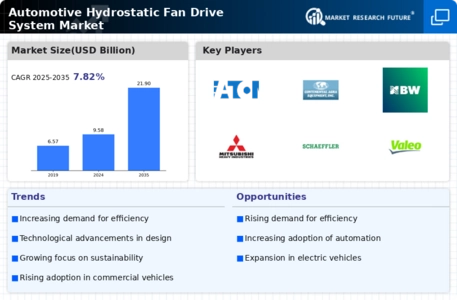
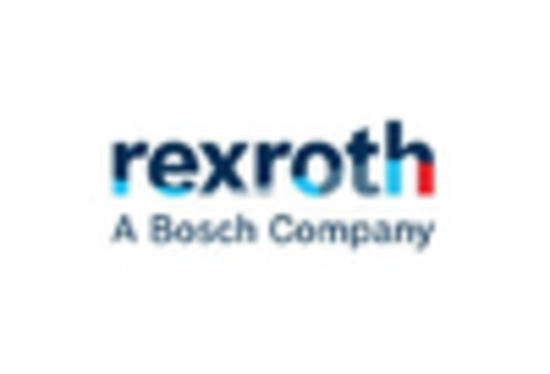
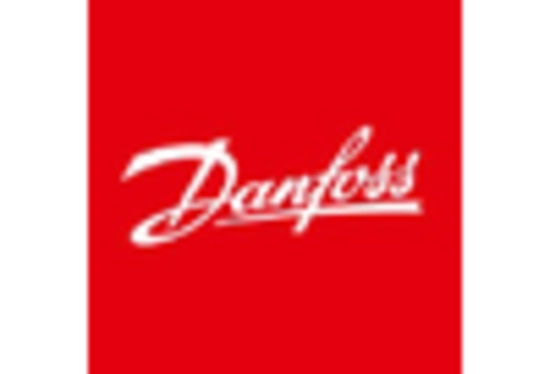
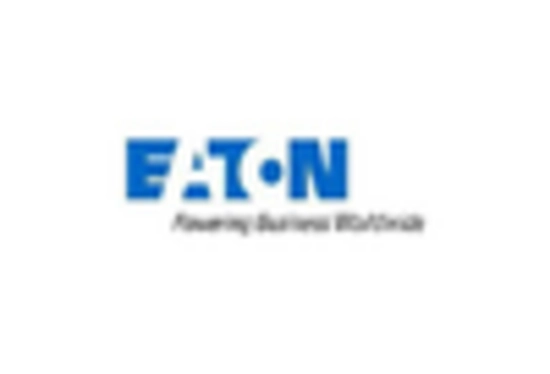
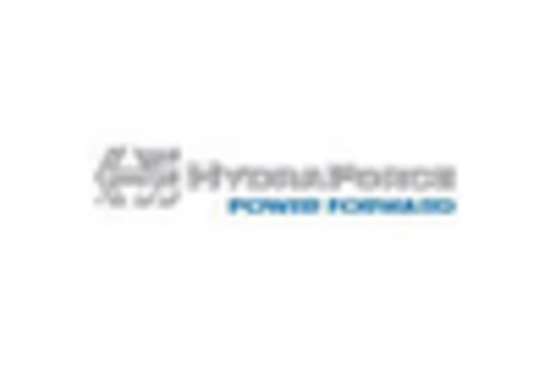
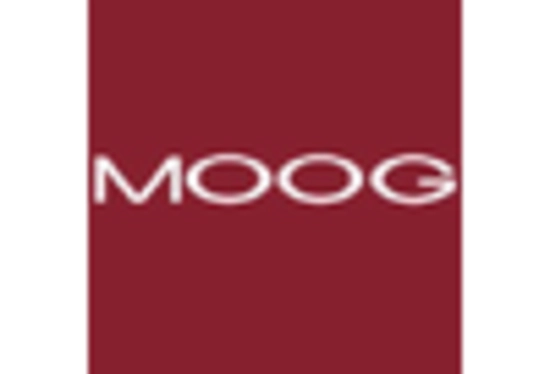
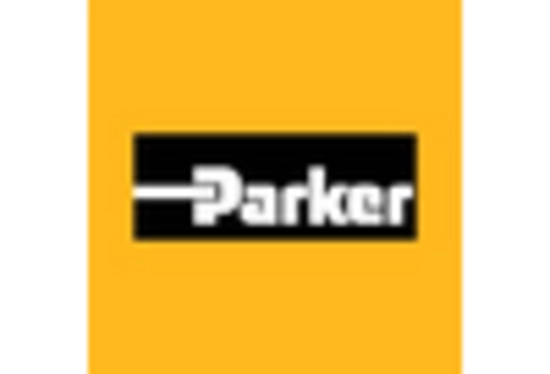








Leave a Comment